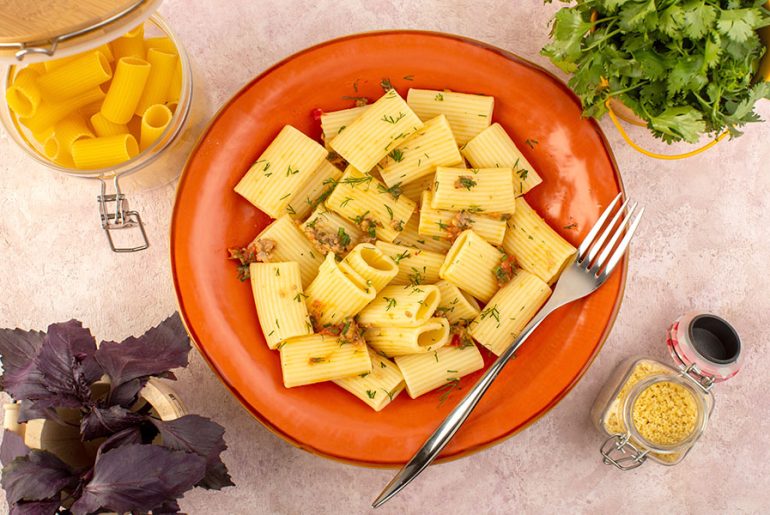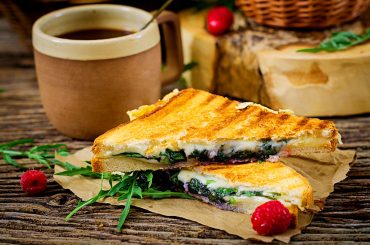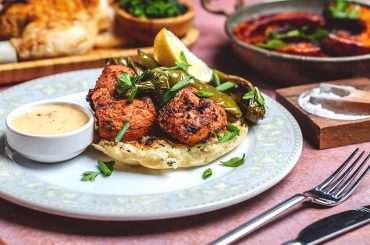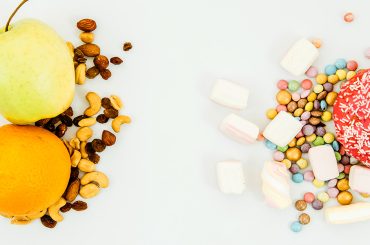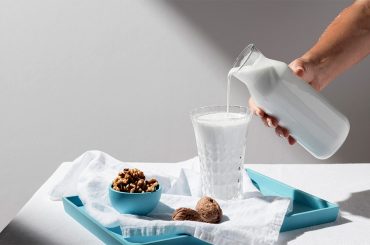Mannacote is the best example of Italian-American comfort food. It has big, thick pasta tubes that are filled with lots of creamy ricotta. Then, they are covered in a thick, tasty tomato sauce and topped with melted cheese. Finally, it’s baked until it’s golden and perfectly cooked. This beloved dish has become a staple in American kitchens, combining traditional Italian pasta-making techniques with hearty, family-friendly adaptations that satisfy both adults and children alike.
The charm of Mannacote comes from how it can be used in many ways and help families gather happily around the dinner table. Each large pasta tube provides the perfect vessel for rich, creamy fillings. At the same time, the baking process creates that irresistible combination of tender pasta and bubbling cheese that makes this dish so memorable.
What Makes Mannacote Special
Mannacote stands out from other stuffed pasta dishes due to its generous size and distinctive preparation method. The large pasta tubes, typically measuring about 4 inches in length, provide ample space for substantial fillings while maintaining structural integrity during baking.
The traditional preparation involves carefully stuffing each tube by hand, ensuring even distribution of filling throughout. This careful attention makes sure each bite tastes the same and keeps the pasta from getting soft and wet while it bakes.
The Perfect Pasta Foundation
Quality pasta shells designed specifically for stuffing feature smooth exteriors that allow sauces to cling properly and textured interiors that help secure the filling. Pre-cooking the shells until they are just tender makes sure they cook through properly in the oven without turning soft and soggy.
The brief boiling time, typically 6-8 minutes, creates the ideal texture for stuffing and final preparation. Choosing the right pasta and cooking it well is key to making a great manacote.
Traditional Mannacote Fillings
Classic Ricotta Blend
The foundation of traditional mannacote filling centers around high-quality ricotta cheese mixed with fresh herbs, eggs, and seasonings. This classic mix gives a smooth, gentle taste that works really well with the pasta and sauce.
Fresh parsley, basil, and oregano enhance the ricotta base, while beaten eggs help bind ingredients together. Freshly grated Parmesan cheese adds depth and complexity to the filling mixture, creating layers of flavor that develop during baking.
Meat-Enhanced Varieties
Many families prefer adding cooked ground beef, Italian sausage, or meat combinations to their manicotti filling. The meat should be fully cooked and well-seasoned before mixing with the ricotta base to ensure proper flavor distribution.
Italian sausage yields excellent results due to its built-in seasonings, while ground beef offers a milder flavor that appeals to a broader palate. Removing excess grease from cooked meat prevents the filling from becoming too oily.
Vegetarian Options
Modern mannacote preparations often incorporate vegetables like spinach, mushrooms, or roasted peppers into the filling mixture. These additions offer nutritional benefits while creating intriguing flavor combinations and visually appealing presentations.
Spinach should be thoroughly drained and squeezed to remove excess moisture, preventing watery filling. Mushrooms work best when sautéed until their moisture evaporates, concentrating flavor before incorporation.
Sauce Selection and Preparation
Traditional Marinara Foundation
Classic mannacote relies on well-seasoned marinara sauce that complements rather than competes with the ricotta filling. The sauce should have enough body to coat the pasta without being too thick, allowing for slight penetration into the shells during baking.
Homemade marinara, made with high-quality tomatoes, fresh garlic, onions, and herbs, offers superior flavor compared to store-bought alternatives. Let the sauce cook slowly over time for at least 30 minutes so the taste becomes rich and deep, and the sauce reaches the right thickness.
Creative Sauce Variations
Some variations incorporate cream-based sauces or combine marinara with cream for richer results. These preparations work particularly well with vegetarian fillings or when serving mannacote for special occasions.
Mixing Alfredo sauce with marinara makes a tasty pink sauce that gives a rich flavor without making the ricotta taste too strong. The cream content should be balanced to avoid making the dish too heavy.
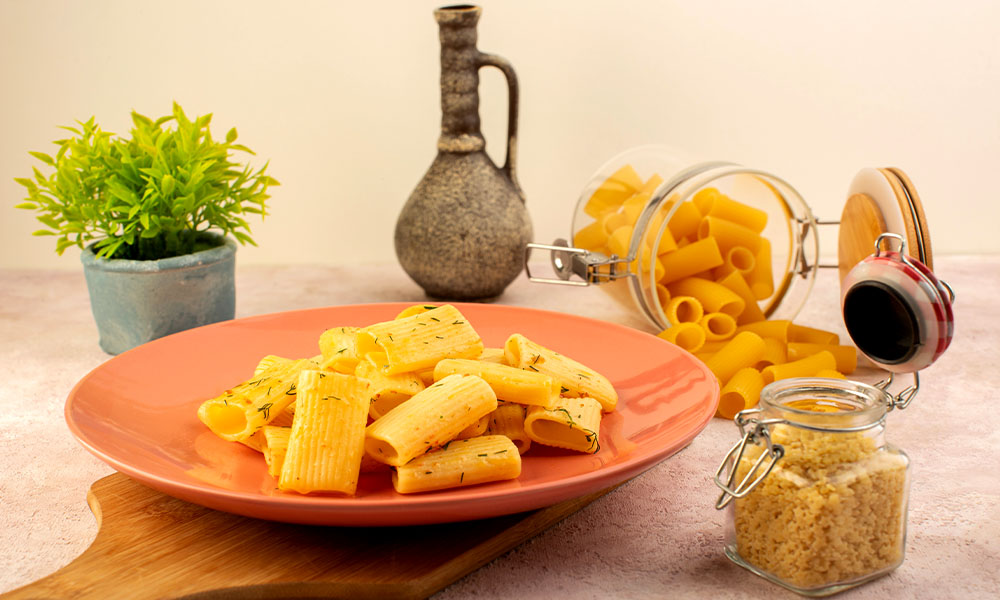
Assembly and Baking Techniques
Proper Layering Methods
Successful mannacote assembly begins with spreading thin sauce layers in the baking dish bottom to prevent sticking. Stuffed shells should be arranged in single layers with slight spacing between pieces to ensure even cooking.
Additional sauce should be spooned over and around shells, ensuring complete coverage without drowning the pasta. Reserved sauce can be served alongside the finished dish for those preferring extra moisture.
Cheese Topping Strategies
The final cheese layer plays a crucial role in creating the appealing golden-brown top that characterizes perfectly baked mannacote. Combining mozzarella and Parmesan cheeses offers both melting qualities and a rich flavor complexity.
Fresh-shredded mozzarella performs better than pre-shredded varieties, which often contain anti-caking agents that can affect melting. The cheese layer should be generous but not so thick that it prevents proper browning.
Cooking Tips and Best Practices
Temperature and Timing
Baking mannacote at 375°F typically provides optimal results, allowing interior heating while creating proper browning on top. Covering dishes with foil initially prevents excessive browning while ensuring even heating throughout.
Removing the foil during the final 15-20 minutes allows the cheese to develop a desirable golden color while preventing burning. The internal temperature should reach 165°F to ensure food safety, especially when using meat fillings.
Make-Ahead Strategies
Mannacote adapts well to preparation, making it ideal for meal planning and entertaining. Assembled dishes can be refrigerated for up to two days before baking, although cooking time may require a slight adjustment.
Freezing prepared manna-cook before baking allows for longer storage, although the texture may change slightly after thawing. Properly wrapped frozen mannacote maintains quality for up to three months when stored correctly.
Serving Suggestions and Pairings
Traditional Accompaniments
Classic mannacote pairs beautifully with simple green salads dressed with vinaigrette, providing fresh contrast to the rich, baked pasta. Garlic bread or crusty Italian bread helps complete the meal while adding texture variety.
Steamed vegetables, such as broccoli or green beans, offer a nutritional balance and color contrast to the typically warm-toned color palette of the main dish. Light seasoning on vegetables prevents them from competing with mannacote flavors.
Storage and Reheating
Leftover mannacote maintains quality for 3-4 days when properly refrigerated in covered containers. Individual portions reheat more evenly than attempting to rewarm entire casseroles, providing better texture and temperature distribution.
Oven reheating at 350°F provides superior results compared to microwave heating by maintaining pasta texture and preventing filling from becoming watery. Adding small amounts of water or extra sauce prevents drying during reheating.
Conclusion
Mannacote brings together Italian tradition and American comfort food in a way that makes it satisfying for both nostalgic tastes and everyday family meals. It can be made in many different ways, but still keeps the key parts that make this stuffed pasta so popular. Whether preparing mannacote for busy weeknight dinners or elaborate Sunday gatherings, this hearty dish delivers consistent results that please crowds while providing the comfort and satisfaction that define the best Italian-American cuisine.


